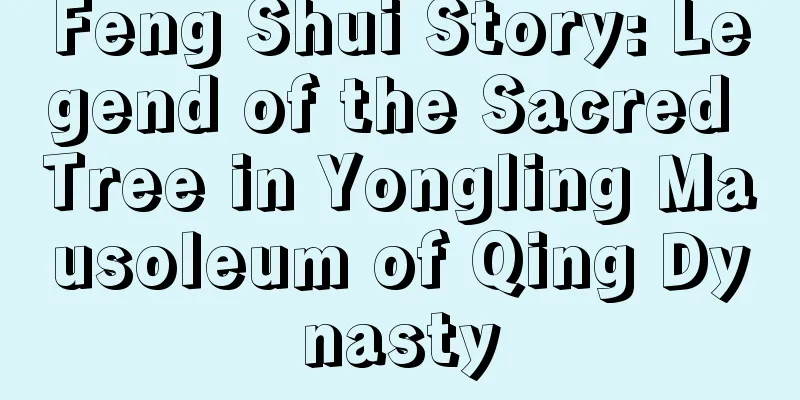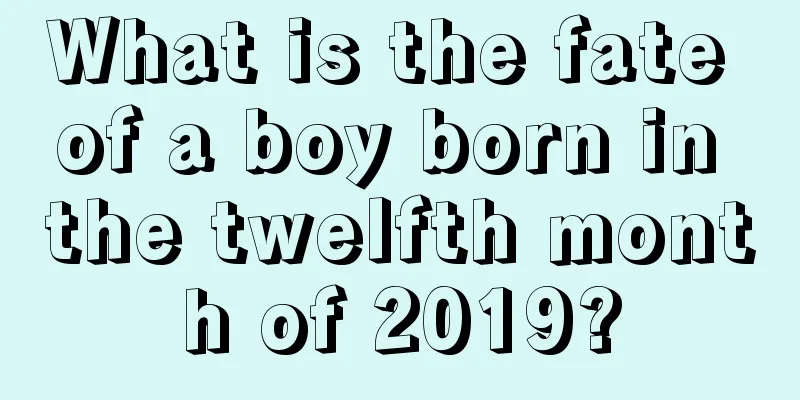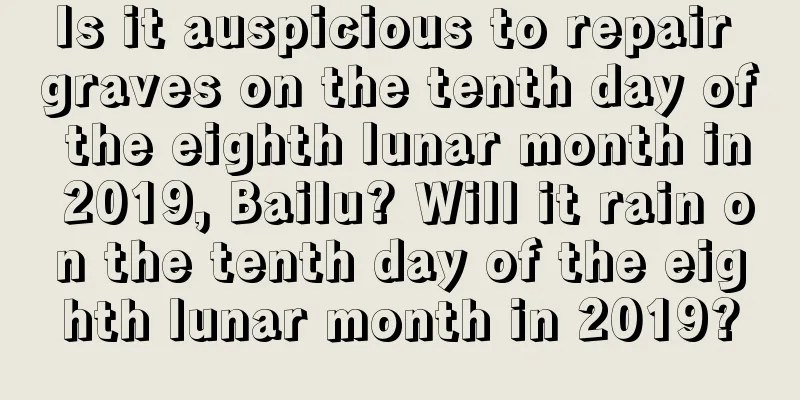|
Introduction: The Qing Dynasty was the last feudal dynasty in Chinese history. It had 11 emperors and lasted for 268 years. This dynasty went through a long development process from prosperity to decline. In this issue of Feng Shui stories, let’s talk about the legend of the sacred tree in the Qing Yongling Mausoleum. Let’s learn about it together! Folk wisdom is compiled into stories, including many Feng Shui stories. Let’s take a look at them. Legend of the Sacred Tree in Yongling Mausoleum of Qing Dynasty According to legend, at the end of the Ming Dynasty, when Emperor Chongzhen was in power, he observed the sky with the Imperial Astronomical Observatory at night and suddenly found that there was a continuous stream of purple clouds rolling in from Liaodong, like hundreds of dragons flying in the clouds. He was afraid that a chaotic dragon would be born and his throne would be usurped, so he invited a Feng Shui master from the south to go to the northeast to destroy 100 dragon veins. He led a group of people to the northeast, walked through Donggou and Xigang, and found the dragon vein. He then dug a large and deep trench on the dragon's neck, which meant cutting off the dragon's head, or put a small temple on the dragon's head to show that the dragon's spirit had been suppressed. In this way, they broke 99 dragon veins in a row. Only a "hanging dragon" three feet off the ground remained. He thought, since it was a hanging dragon and was not attached to the ground, it could not form a dragon vein. No one could bury it, so it could not become a mixed dragon, so it might as well not be broken. So he returned to Beijing to report.
At this time, Nurhaci's ancestors were defeated by other tribes in Changbai Mountain. So, Nurhaci's grandfather carried his father's body and walked down Changbai Mountain, intending to find a place for his tribe to settle down. That day, he came to the bank of Suzi River, at the foot of Chimney Mountain. Seeing that it was getting late, he stayed in a small shop nearby. However, when the shop owner saw that he was carrying an urn, he refused to let him into the shop no matter what. Helplessly, he had to carry his father's urn out of the inn and came to the foot of Longgang Mountain. He saw a big elm tree with a forked trunk three feet above the ground. So he put the urn on the tree, preparing to pick it up the next day, and then return to the inn to stay.
The next day, he came to get the urn and wanted to continue walking, but he couldn't take it down no matter how hard he tried. The harder he tried, the more it grew inwards. In a hurry, he borrowed an axe and tried to split the branch, but when he chopped it down with the axe, a few drops of blood flowed out of the big elm tree. He quickly found a Feng Shui master. When the master came here, he looked at the big elm tree, then looked at the surrounding mountains and terrain and said, "This is a Feng Shui treasure land. There is Hulan Hada (Chimney Mountain) in front and Longgang Mountain in the back. Longgang Mountain has 12 hills. Your family will have 12 generations of emperors. You can't go against the will of heaven. You should bury your bones here." It turned out that the "hanging dragon" was coiled on the big elm tree, and was pressed down by Nurhaci's ancestors.
After Nurhaci's grandfather buried the urn, he returned to Changbai Mountain and moved the tribe to Hetuala, not far from Longgang Mountain. Later, Nurhaci, on the grounds that his father and grandfather were murdered, issued the "Seven Great Grievances" and started an army. He fought wars in the east and the west, and actually defeated the Ming Dynasty and became the founding emperor of the Qing Dynasty. The Qing Dynasty also really produced 12 generations of true dragon emperors.
Folk tales with this theme are widely circulated in Xinbin area of Liaoning Province. The above story is quoted from the "Xinbin Tourist Attractions Guide" compiled by the Xinbin Manchu Research Institute of Fushun Academy of Social Sciences. In more versions of the story circulating among the people, the protagonist who carried the bones to predict feng shui was not Nurhaci's grandfather, but Nurhaci himself. We also noticed above that although the protagonist of the story is the grandfather, his specific name does not appear, and the entire narrative revolves around Nurhaci. This shows that the core of the memory of this legend is not "grandfather" but "Nurhaci".
The Longgang Mountain in the story is the Qiyun Mountain located behind the Qing Yongling Mausoleum. Looking from a distance, you can indeed see 12 winding and undulating hilltops. Buried in the mausoleum are Nurhaci's sixth-generation ancestor Mengge Timur, great-grandfather Fuman, grandfather Jue Chang'an, father Taksi, uncle Li Dun, and uncle Tacha Piangu. It is said that when the mausoleum was first built in 1599 (the 26th year of Wanli), only the remains of Fuman were buried there, and the others were moved from the Dongjing Mausoleum in Liaoyang in 1659 (the 15th year of Shunzhi). From this point of view, the above version of the story is closer to "historical facts". Although the story of Nurhaci's burial of his father that is circulated among the people does not conform to "historical facts", it is more widely circulated among the people than the former.
The "Guide to Xinbin Tourist Attractions" was compiled in 1999 as tourism development work unfolded, and much of its content was taken from local folk tales. Perhaps the editor discovered the above facts while collecting stories and made some modifications. For example, in the "Sacred Tree" story in "Selected Manchu Folk Tales" edited by Shen Xiuqing and Zhang Deyu, the protagonist who buried his father on a hanging dragon was Xiaohanzi (Nurhaci's nickname), and several versions of the story I collected during my field research also have the same content.
Our story does not end here. It is said that in 1779 (the 43rd year of Emperor Qianlong's reign), when Emperor Qianlong made his third eastern tour to worship his ancestors, he named this elm tree a sacred tree and wrote an article "Ode to the Sacred Tree". The stone tablet of "Ode to the Sacred Tree" written by Emperor Qianlong is now preserved in the west side hall of Yongling. If before this inscription, the stories about the dragon hanging from the elm tree and Nurhaci's feng shui were just oral memories passed down orally, then the appearance of the inscription written by Emperor Qianlong meant the transformation of oral memory into written memory, or from folk memory to the memory of those in power. It also represents an important link in the process of oral memory becoming history.
In a sense, this "sacred tree" that brought 12 emperors to the Qing Dynasty was once a symbol of the Qing Dynasty itself. It is said that in 1863, the large "sacred tree" with lush branches and leaves was uprooted by a strong wind, and the huge branches even crushed the roof of the Qiyun Hall of Yongling. The Tongzhi Emperor in the Forbidden City felt that this was an unlucky omen. In order to preserve the "luck" of the Qing Dynasty, he hurriedly ordered two ministers to rush to the northeast to use wood to support the sacred tree. However, all efforts were in vain. The "roots" of the sacred tree could not resist the will of heaven and rotted away. Several years later, a small elm tree grew next to the sacred tree and was named "Pei Yu". People thought that this elm tree would bring new vitality to the Qing Dynasty. However, just as the Feng Shui master predicted, the small tree gradually withered, and the Qing Empire came to an end after the 12th generation.
More than half a century later, the "sacred tree" was once again breathed into life, and the once forgotten Yongling Mausoleum began to attract world attention again. The Xinhai Revolution, which was launched under the slogan of "expelling the Tartars and restoring China", equated the Manchus with the Qing Dynasty, and the Manchus suffered many unfair treatments. After the founding of the People's Republic of China, the situation gradually improved. With the further implementation of ethnic policies after the Cultural Revolution, the first Manchu autonomous county in the country was born in Xinbin County, Liaoning Province in 1985. In order to develop the economy, the local government formulated a large-scale tourism development plan, which mainly utilized pre-Qing historical resources including Yongling and Hetuala City (the capital built by Nurhaci for the Later Jin in 1616). In order to "meet the wishes of the Manchu people", the Yongling Cultural Relics Management Office planted another elm tree in the Qiyun Hall and named it "Rui Yu".
If the "sacred tree" was once a symbol of the fate of the Qing Dynasty, then this new "auspicious elm" can be said to be a symbol of the fate of the contemporary Manchu people. Today, it stands tall and graceful on the back slope of the Qiyun Hall of Yongling Mausoleum.
Summary: The above article is about the specific content of the legend of the sacred tree in the Yongling Mausoleum of the Qing Dynasty. You can read it. If you want to know more, please enter our Feng Shui Story Special Topic to learn more!
|










